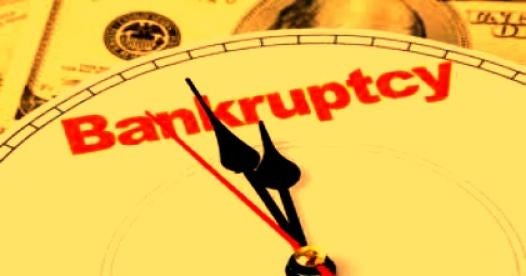What can a lender do about successive bankruptcy filings by a borrower? What can lessors do when their tenants file successive bankruptcy petitions? A recent decision by a bankruptcy court in the Eastern District of New York gives guidance on these questions.
Readers of this blog know that immediately upon the filing of a bankruptcy petition, section 362(a) of the Bankruptcy Code imposes a stay on a variety of creditor activities. It freezes all actions to collect prepetition debts, as well as many other actions that could be taken by creditors against the debtor or property of the estate. The automatic stay is an integral part of the bankruptcy process, as it gives the debtor immediate relief from its creditors and an opportunity to deal with the creditors as permitted by the Bankruptcy Code.
Of course, there are limitations to the automatic stay. For instance, under section 362(d) of the Bankruptcy Code, a creditor can seek relief from stay “for cause” or, with respect to a stay of an act against property, if the debtor does not have equity in such property and the property is not necessary to an effective reorganization. Another limitation is found in section 362(c)(3) of the Bankruptcy Code. Under this section, if an individual had a prior bankruptcy case pending within one year preceding the filing of a second bankruptcy petition by the individual, the stay is automatically terminated thirty days after the filing of the second case unless the court extends the stay. Specifically, section 362(c)(3)(A) provides that if a second case is filed less than a year after the first case is dismissed:
the stay under [Section 362(a)] with respect to any action taken with respect to a debt or property securing such debt or with respect to any lease shall terminate with respect to the debtor on the 30th day after the filing of the later case.
This language may appear straightforward at first. However, questions have arisen as to the scope of the relief provided for in section 362(c)(3)(A), and two distinct views have emerged. Under the majority view, the automatic stay terminates on the 30th day, but only with respect to the debtor or property of the debtor. Under the minority view, the stay terminates in its entirety, in other words with respect to the debtor, property of the debtor and property of the estate.
Last month, the Bankruptcy Court for the Eastern District of New York grappled with the scope of the relief provided by section 362(c)(3). In In re Bender, Case No. 16-83280 (Dkt. No. 26), Bankruptcy Judge Robert E. Grossman rejected both the majority and minority positions, stating that they contain “an inherent flaw.” The problem, Judge Grossman found, was that both views center upon the distinction between “property of the debtor” and “property of the estate”, although neither phrase is found in the language of section 362(c)(3). Judge Grossman found that the analysis should center upon the actual language used in section 362(c)(3)(A), specifically “with respect to any action taken with respect to a debt or property securing such debt or with respect to any lease.” (emphasis added) This language, the Court concluded, indicates that the focus should be on actions with respect to specific property and “not the broader categories of property of the estate or property of the debtor.” Thus, under Judge Grossman’s ruling, the automatic stay is terminated on the 30th day with respect to (a) a debt or property securing such debt and (b) leases, in either event regardless of whether the property or the leases are considered property of the estate or property of the debtor.
The Court’s decision is supported not only by the text of section 362(c)(3), but also the congressional intent in adopting the statute. For instance, both the National Bankruptcy Review Commission Report and the House Judiciary committee report suggest that section 362(c)(3)(A) was enacted in order to provide a remedy where borrowers or lessees file multiple bankruptcies in order to stay foreclosure and/or eviction. See In re Daniel, Case No. 08-27165, Bankruptcy Court for the Northern District of Illinois (Dkt. No. 71). Similarly, Judge Grossman found that the congressional intent behind the enactment of section 362(c)(3)(A) was to “protect the secured creditor or lessor seeking to continue judicial, administrative or other proceedings commenced prepetition with respect to debts, property securing such debts or leases.”
The Bender decision provides lenders and lessors with clarification regarding a statutory weapon to use in the face of serial filers. Under the analytical framework adopted by Judge Grossman, no longer will the Court have to determine if the property or lease is property of the estate or property of the debtor – this distinction is without import under Bender. Instead, the burden will fall upon the debtor to present affirmative proof that the second case was filed in good faith as to the creditors to be stayed, in which case, the court “may” extend the stay under section 362(c)(3)(B). The debtor’s proof will have to be sufficient to overcome the presumption established by section 362(c)(3)(C) that the second case was not filed in good faith. Those individuals who file repeated cases designed to frustrate the rights of lenders and lessors to recover their properties may find themselves out of luck should the Bender holding be adopted by other courts.




 i
i

